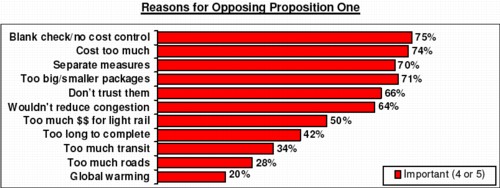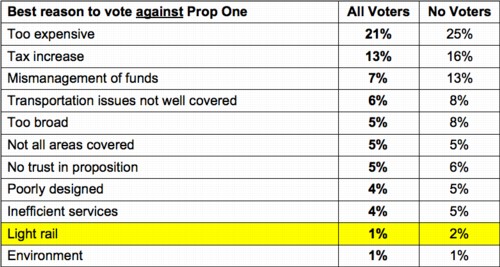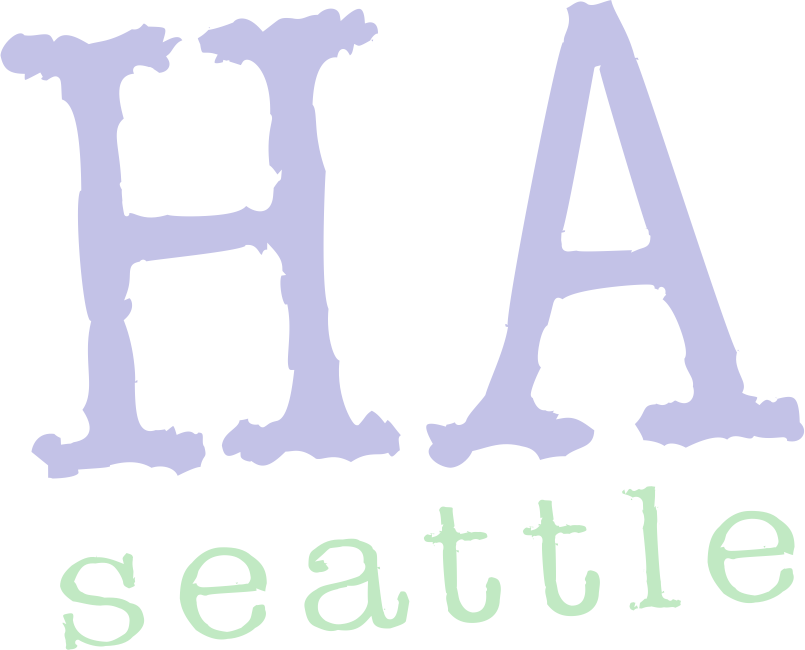Eli Sanders looks at the Darcy Burner–Rep. Dave Reichert race in Washington’s 8th congressional district and asks, “What makes important people think that Eastside Democrat Darcy Burner can win in November 2008 the same congressional race that she lost last year?”
Sanders asked DCCC chair Rep. Chris Van Hollen (D-MD) who was in town to raise money for Burner this week. Van Hollen provides a number of reasons that don’t seem to completely convince Sanders…until he gets to this:
The most significant thing Van Hollen noted during the conference call was that the National Republican Congressional Committee, which last year spent about $2.5 million to help Reichert win, currently has only $2.5 million total cash on hand to help Republicans around the country. Contrast that with the $29.2 million that Van Hollen currently has to offer Democrats and you see not only a snapshot of the hurt that Bush has put on the Republican Party as a whole, but also a clear path to a Burner victory.
The Republican money deficit is far, far more serious than these figures tell. As Andrew Tannenbaum points out:
So far, 22 representatives have announced they are not running. Of these, 17 are Republicans and five are Democrats, and all five Democrats are from safe districts. […] Four of the Republican seats are safe (AL-02, CO-06, MS-03, and WY-AL), but the other 13 will be battlegrounds. In addition, there there are half a dozen seats the Republicans held in 2006 by tiny margins and will have to pour money into to defend. An example is NC-08, in which a totally unknown high school teacher with no political experience, no money, and no support from the national party, came with[in] 329 votes of unseating a wealthy four-term Republican congressman. There are a few Democratic freshmen who come from hostile districts such as Brad Ellsworth in IN-08, but most of them won by decent margins and have voted fairly conservatively in Congress and most are raising money like there is no tomorrow. For example, freshmen Kirsten Gillibrand (NY-20), Ron Klein (FL-22), and Joe Sestak (PA-07) have all raised $1.5 million or more already. The median at this point for all 435 representatives is about $400,000.
NRCC chair Rep. Tom Cole (R-OK) will have an enormous cash disadvantage with many open, currently Republican, seats to defend. Unquestionably there will be better investments for the NRCC’s limited funds than WA-08.
Dave Reichert is almost certainly going to have to find most of his own money this election. And given that his recent Bush-headlining fund-raiser raised more money for Burner than for his own campaign, he’ll have to find a strategy that doesn’t shoot himself in the face foot.




